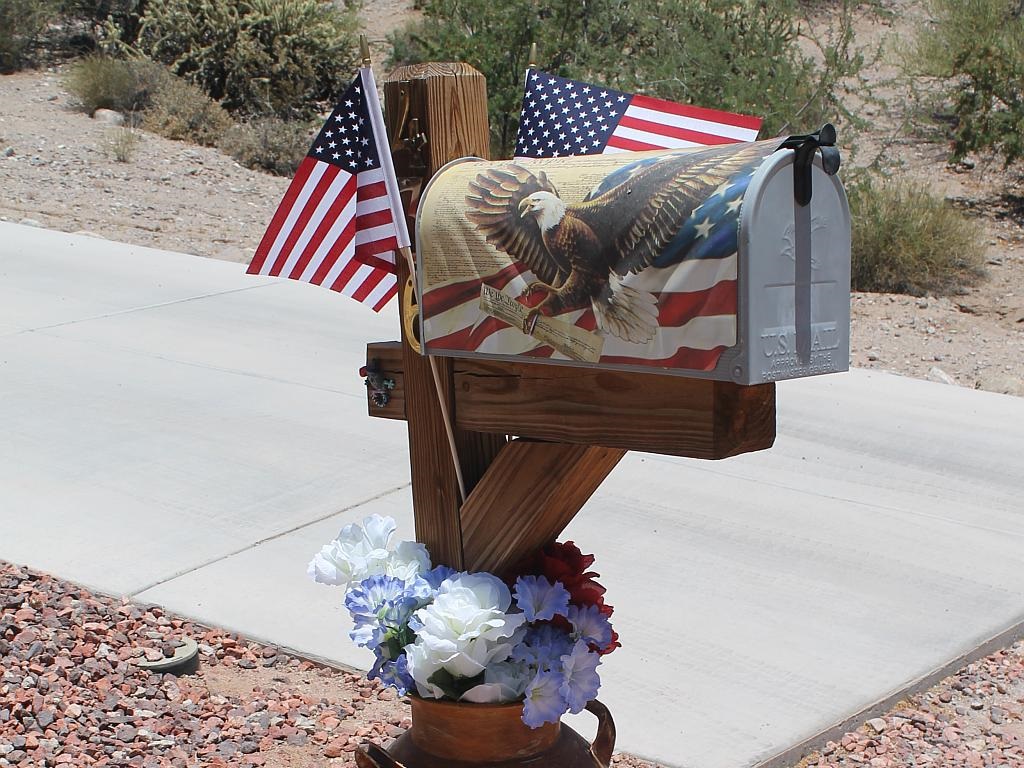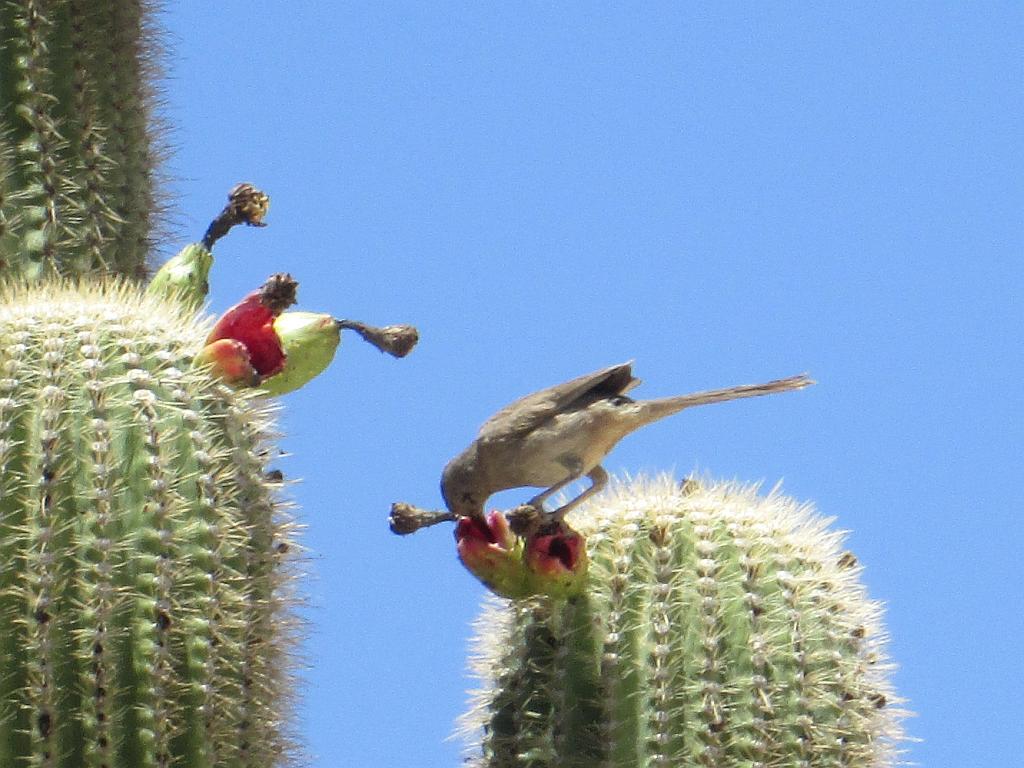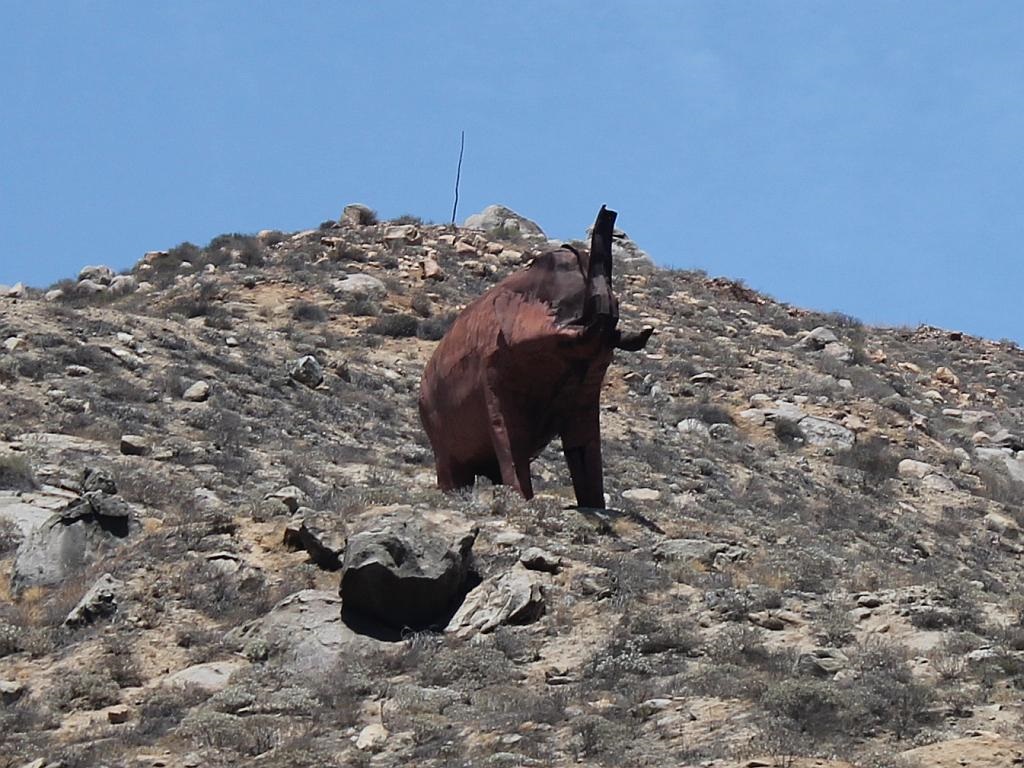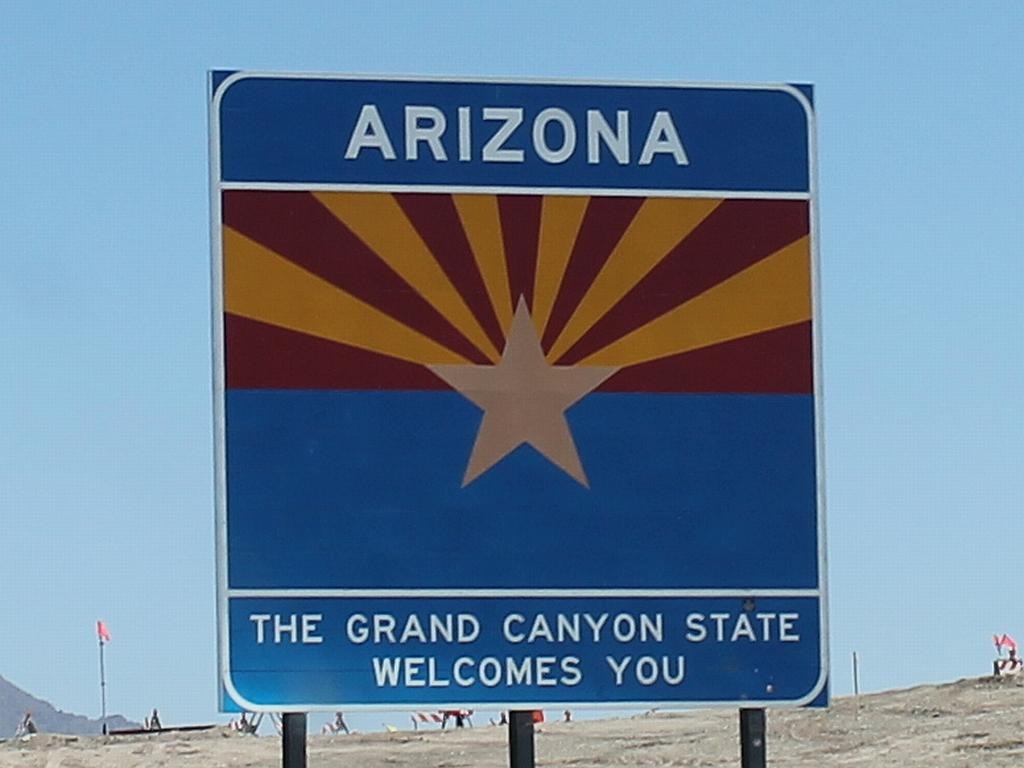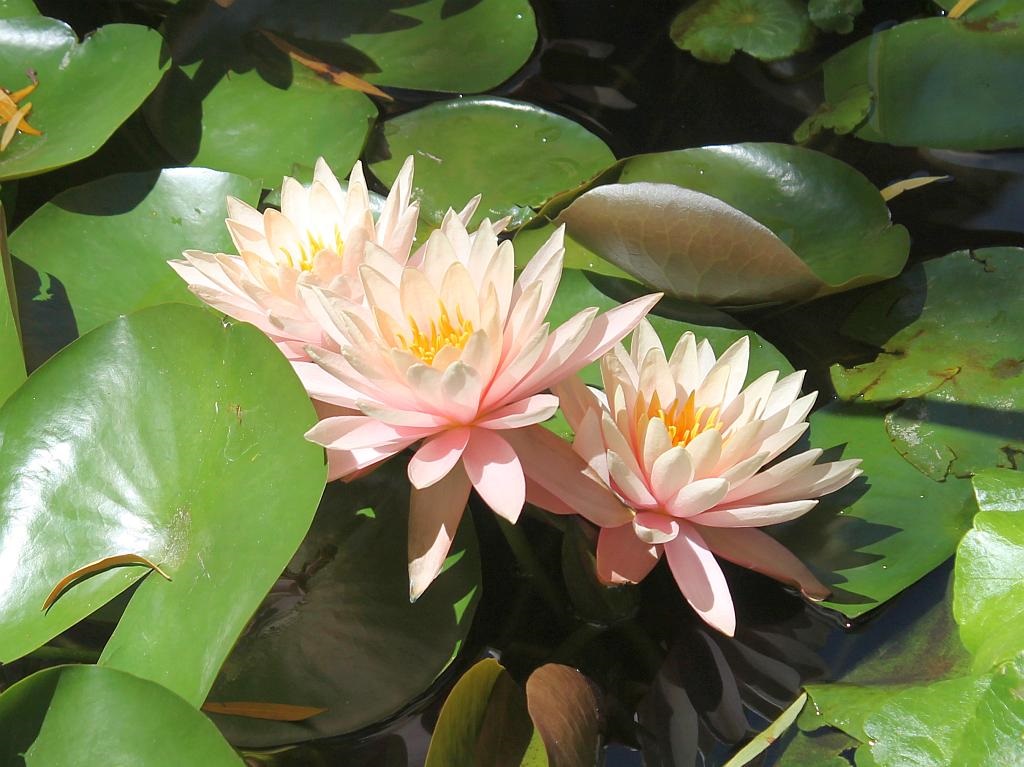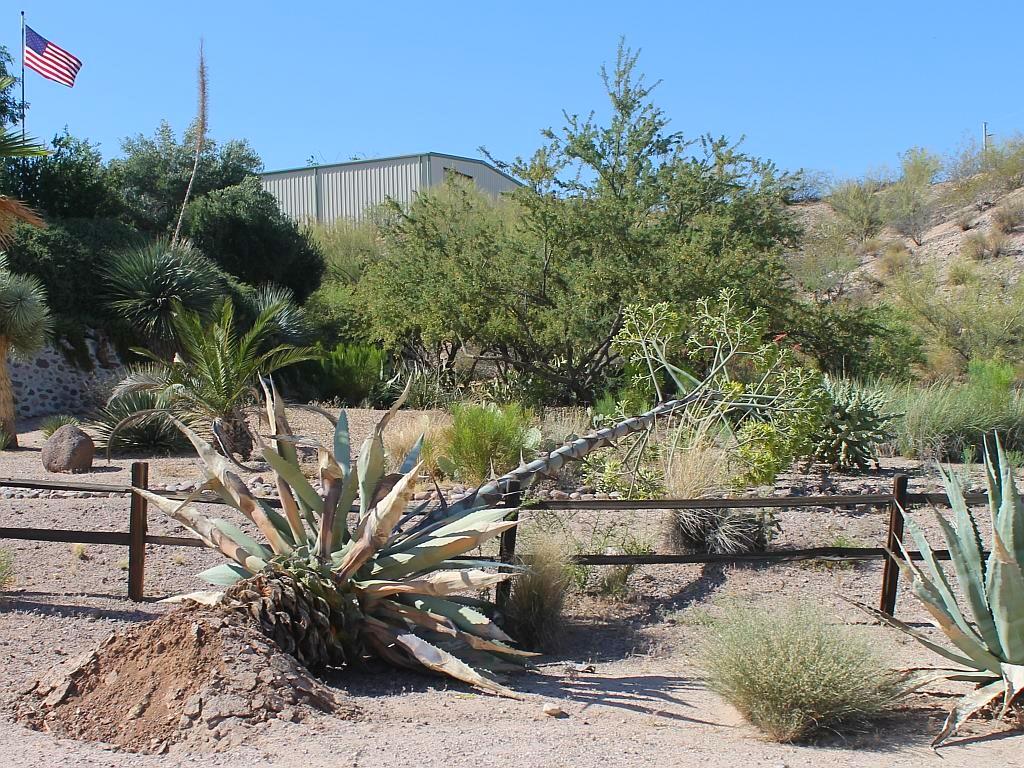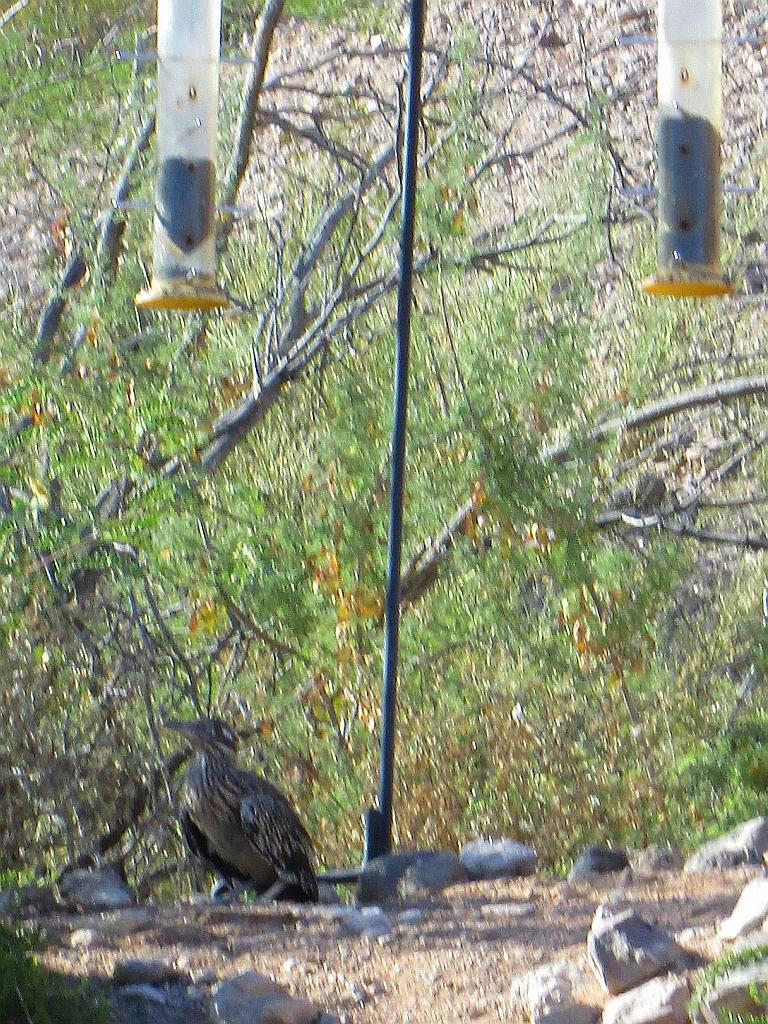 If you look near the bottom left of this photo, you will notice a Greater Road Runner (Geococcyx californianus) who, at the time, was being very still. The finch feeders above the bird are usually populated with several goldfinches and/or house finches and, as you can see, there are none present.
If you look near the bottom left of this photo, you will notice a Greater Road Runner (Geococcyx californianus) who, at the time, was being very still. The finch feeders above the bird are usually populated with several goldfinches and/or house finches and, as you can see, there are none present.
We have seen this behavior before, where the road runner will lurk near he base of the feeders and wait for a finch to come. The larger bird will then leap and try to catch one of the smaller birds. We have yet to see it score a finch, but we’re not looking all the time.
Wickipedia has this trivia about the roadrunner’s diet:
It mainly feeds on insects, fruit and seeds with the addition of small reptiles, small rodents,tarantula hawks, spiders, scorpions, centipedes, millipedes, small birds, their eggs, and carrion, including roadkills. It kills larger prey with a blow from the beak—hitting the base of the neck of small mammals—or by holding it in the beak and beating it against a rock. Two roadrunners sometimes attack a relatively big snake cooperatively.
Click on the image to enlarge.

